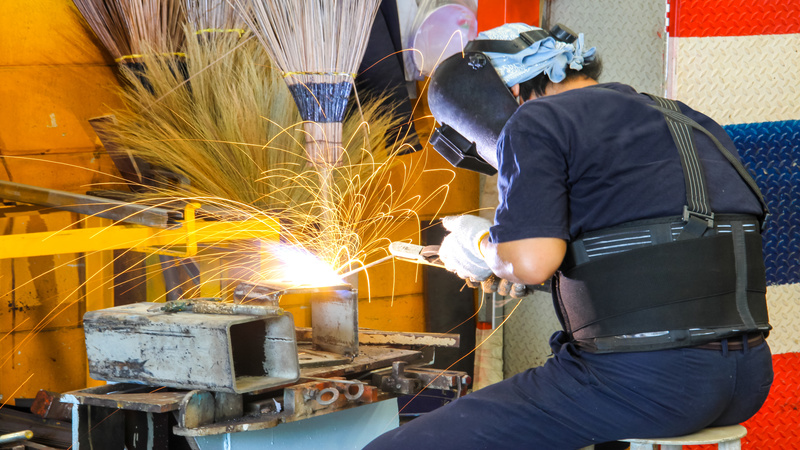The healthcare industry in the United States is governed by rigorous standards to ensure patient safety and product reliability. Manufacturers must adhere to strict protocols at every stage of production, particularly when fabricating critical medical devices. For those searching for precise techniques that comply with regulatory requirements, Medical Device Welding is a key process that ensures components meet the highest quality benchmarks demanded by federal health agencies.
Importance of Welding in Medical Device Manufacturing
Medical devices, ranging from surgical instruments to implantable devices, require exceptional precision and durability. Welding is integral to joining delicate or complex components without introducing contamination or structural weaknesses. The process must avoid defects, ensure biocompatibility, and maintain the mechanical integrity of each device.
Key benefits of using advanced welding techniques in medical device manufacturing include:
• Minimized risk of contamination: Proper welding avoids introducing foreign materials that could compromise device sterility.
• Consistent, repeatable results: Automated welding technologies reduce variability, ensuring every device meets exact specifications.
• Precision for miniaturized components: Modern medical devices often feature tiny, intricate parts that demand flawless welds.
Meeting Regulatory Standards
The U.S. Food and Drug Administration (FDA) and other regulatory bodies enforce strict guidelines for medical device fabrication. These regulations cover material selection, joining methods, and quality assurance processes. Welding techniques must comply with standards such as ISO 13485 and FDA 21 CFR Part 820, which mandate:
• Documented validation of welding procedures
• Traceability of materials and processes
• Rigorous inspection and testing of finished welds
Manufacturers often use advanced welding methods—including laser, micro, and resistance welding—to meet these requirements. Each method is selected based on the device’s application, materials, and required performance characteristics.
Quality Assurance and Traceability
Ongoing quality assurance is essential to ensure welded joints remain defect-free throughout a device’s lifecycle. This involves:
• Non-destructive testing to detect hidden flaws
• Meticulous documentation for regulatory audits
• Continuous monitoring of welding equipment and parameters
By integrating these practices, manufacturers can demonstrate compliance with USA health regulations while delivering safe, reliable medical devices.
As a reliable partner in precision welding, Micro Weld Inc offers solutions that help medical device manufacturers meet demanding regulatory requirements and achieve the highest standards of quality and safety.

